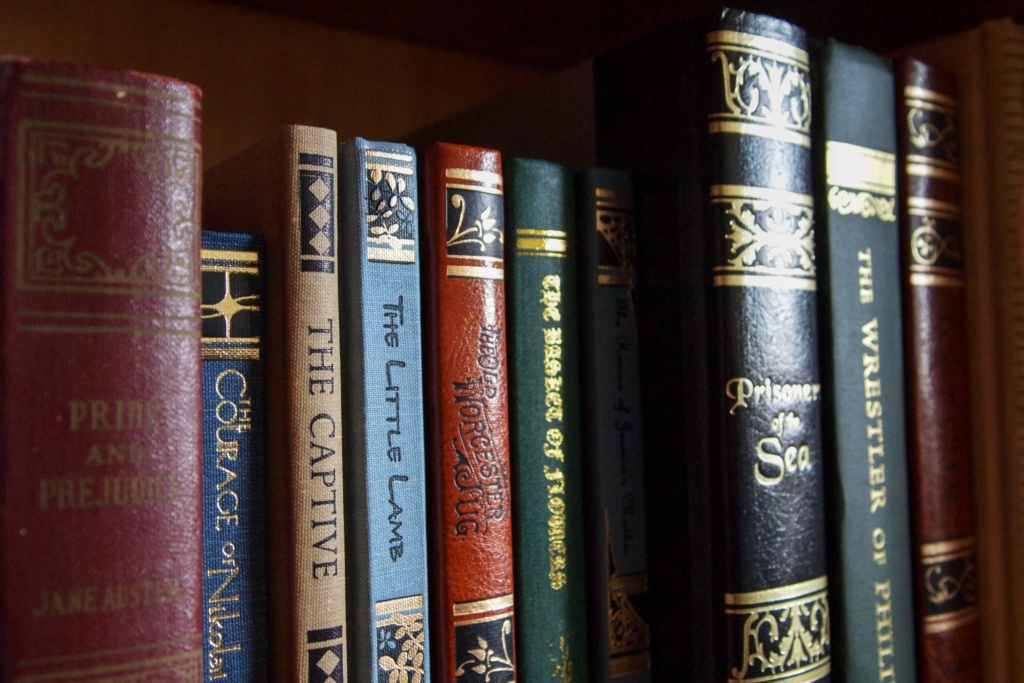
As part of our role as an awarding organisation, we constantly review and analyse our qualifications, checking that they are, and remain, fit for purpose.
This includes looking at things like how students cope with the demands of the assessment, the amount of content and the assessment structures, and it can lead to changes being introduced in order to improve the assessment experience for students. For example, we introduced additional scaffolding into the GCSE English Language examination this summer, and slightly increased the length of the exam based on teacher feedback and outcomes of our annual reviews.
However, since the new specifications have started being taught, there has been a much larger conversation which students have often led on, which is less concerned about iterative improvements to examinations, and instead directly challenges the assumptions which make up the subject conditions themselves. For example, what constitutes classic literature and the literary canon, how are those texts assigned with ‘classic’ status, and by whom?
Where are the women?
In late 2015, I went to The Forest Academy School to speak to teachers and students who had been in touch with Pearson directly about the inclusion of women authors and authors from BAME backgrounds in A-Level specifications. The students and teachers had been concerned over the lack of diversity in the choices which were available to them after the new specifications were made available for first teaching in September 2015. And they were not the only ones.
The English team had recently started working with Deidre Osbourne at Goldsmiths University of London to develop an A-Level coursework resource on Black British Literature as a reference for teachers to support students who may have an interest which had been previously under-represented in their experience of British Literature. Having the opportunity to talk about this new resource with young people, and to listen to their experiences as students of Literature, prompted us to go back to our own text selections at GCSE level, and to openly and honestly reflect on our options. And more than this, to think about our role in contributing to the creation of ‘classic literature’ and ‘literary canon’ as categories for study.
What does it tell students that the same texts, by the same authors, are studied year after year? And what does it say to the young British people reading these books, which have been specifically selected as encompassing the depth and power of the English literary heritage, and when the authors are more often male, white and deceased?